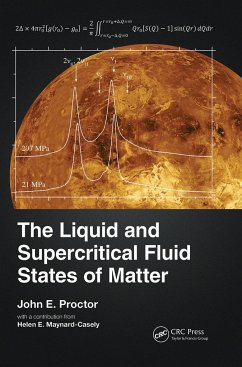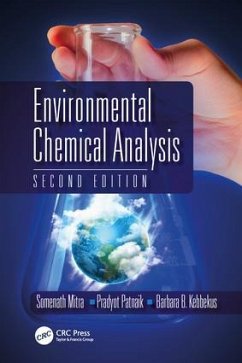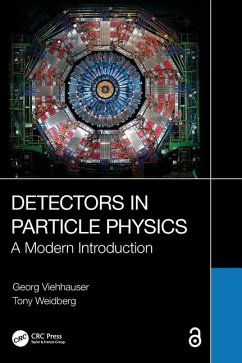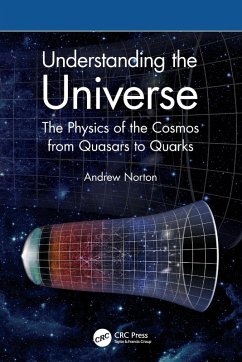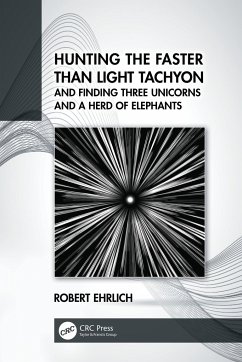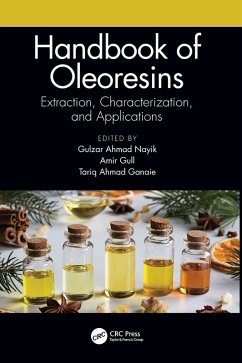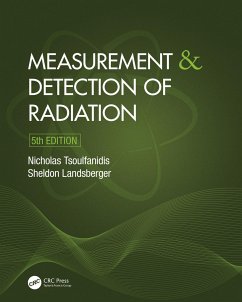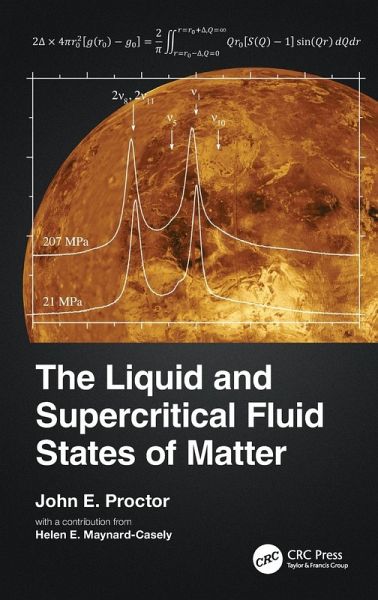
The Liquid and Supercritical Fluid States of Matter
Versandkostenfrei!
Versandfertig in 1-2 Wochen
186,99 €
inkl. MwSt.
Weitere Ausgaben:

PAYBACK Punkte
93 °P sammeln!
This book addresses graduate students and researchers wishing to better understand the liquid and supercritical fluid states of matter, presenting a single cohesive treatment of the liquid and supercritical fluid states using the gas-like and solid-like approaches.





